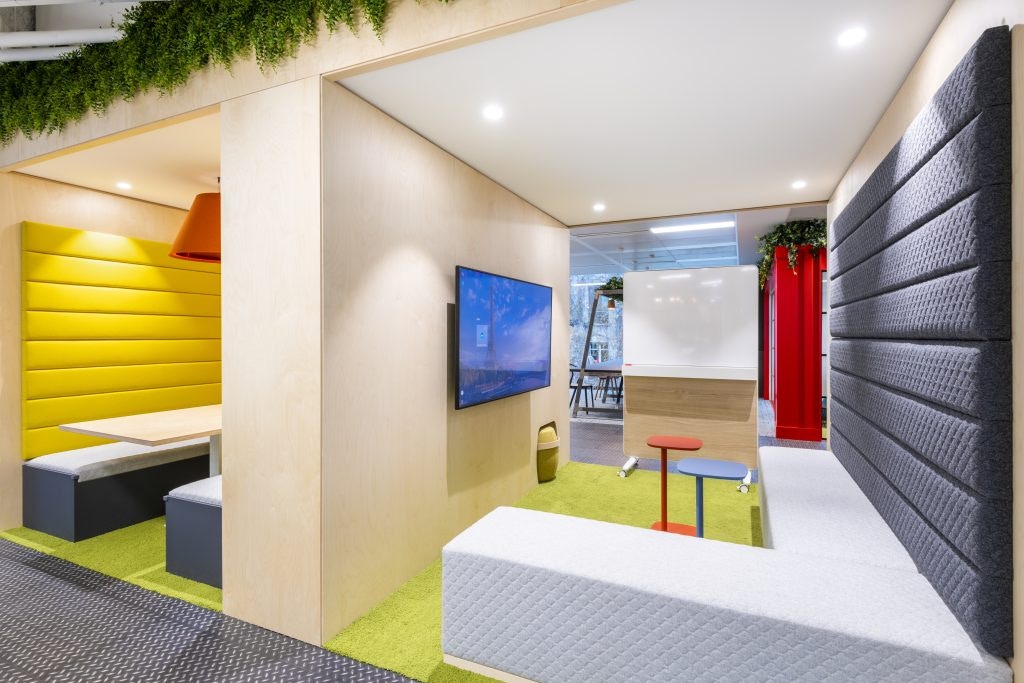I am often asked about how I calculate the amount of space required when planning a new office. The honest answer is “incorrectly”. The inherent dichotomy of office space is that you will never get it right. Not for the financial KPIs or the users. The trick lies in finding the cost/use balance point. That almost mythical place where occupancy is high enough to make the cost per head look reasonable and yet give everyone who wants it, room to work.
It was, of course, a lot easier pre-pandemic. Everybody got a desk. Simple. An office had space for a finite number of desks, and therefore a finite number of employees. Once that number was exceeded, a new office was required. The brokers got business, the construction and furniture people got business and the staff got a desk which they could make their own with anything from photos of children to the ubiquitous Gonk collection. But the tides were turning, and more and more people were beginning to analyse attendance and usage patterns and they were reporting some very interesting data.
We decided to join in under the guise of future-proofing the portfolio and conduct a study across seven locations in America, EMEA and APAC. We had observers spend four weeks walking the floors of these offices, checking when desks and meeting rooms were in use, or just had signs of life (bags, coats, laptops) or were fully vacant. We excluded from the study unallocated desks, those that were installed ready for growth, but had not yet been given to a new employee. The data that came out of this study turned our perception of space on its head.
50% of all allocated desks were vacant at any given time
The leadership were so astounded at this information that some of them were quite prepared to believe the data was, in some way, wrong. It was only when we added up the vacant square feet and translated it into Dollars, that they took note of what we were saying. Twelve Million Dollars per year was being spent on empty desks.
All our meeting rooms were the wrong size.
We still believed a meeting was usually four or more people. Any room with fewer than four seats just felt small and so we had built the fleet of rooms accordingly. The data clearly showed that 80% of all meetings were between one and three people and, as we read that, the penny dropped. We were already heavily invested in Video Conferencing and, being an international company, we were all spending hours on video calls, often alone in a room. We had more than enough seats in meeting rooms, they just needed to be shared across many more, smaller rooms.
We had way too much space.
This was the big one. It followed logically that if we were only half full, we only needed half the space. The numbers were clear. Take away half the desks and there would still be enough for everyone who comes in. No problem, right? Right…?
Having previously used 160 Square Feet per head to calculate the overall space required (that number includes an allowance for cafeterias, meeting rooms, walkways etc.), we now start at 80 Square Feet per head. But the first thing to realise is you cannot just cut overall space in half and expect to get away with it. Every department works differently. You will need to look carefully at how each primary department operates. Finance does not have the same requirements as sales, sales has differing needs to marketing and so on.
We had to add department-level attendance data into the mix to get a detailed sense of demand. Thank goodness for badge access systems.
Armed with that information, we understood more clearly how to share the space most effectively. It took industrial strength change management to convince departmental leaders that the number of desks they had been allocated was, in no way, proportional to their standing in the business, nor that their operation would collapse overnight for the want of a twenty-person meeting room. We got there eventually.
The amount of space required didn’t change, it was still only 50% of our opening number, but it was shared more equitably across the business and our occupancy went up to 85%.
This worked very well, until the rise of hybrid working. Then the dynamic shifted again, and business is still working out what the future looks like. I think we will need those access reports again.
Watch this space.
